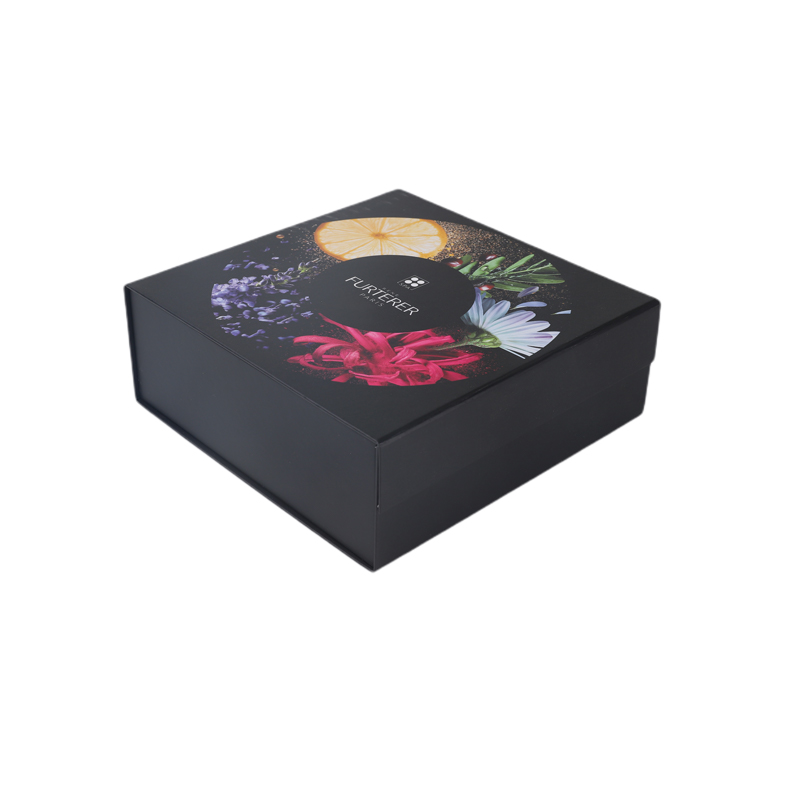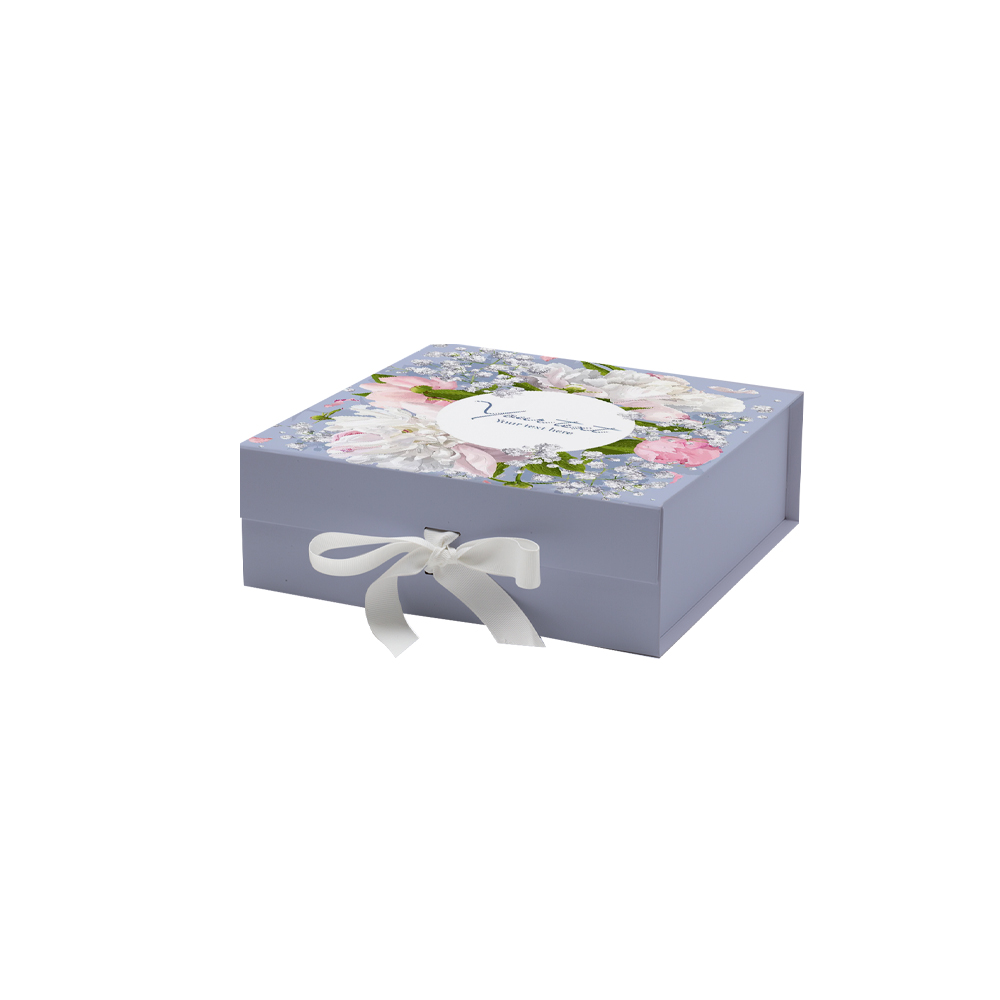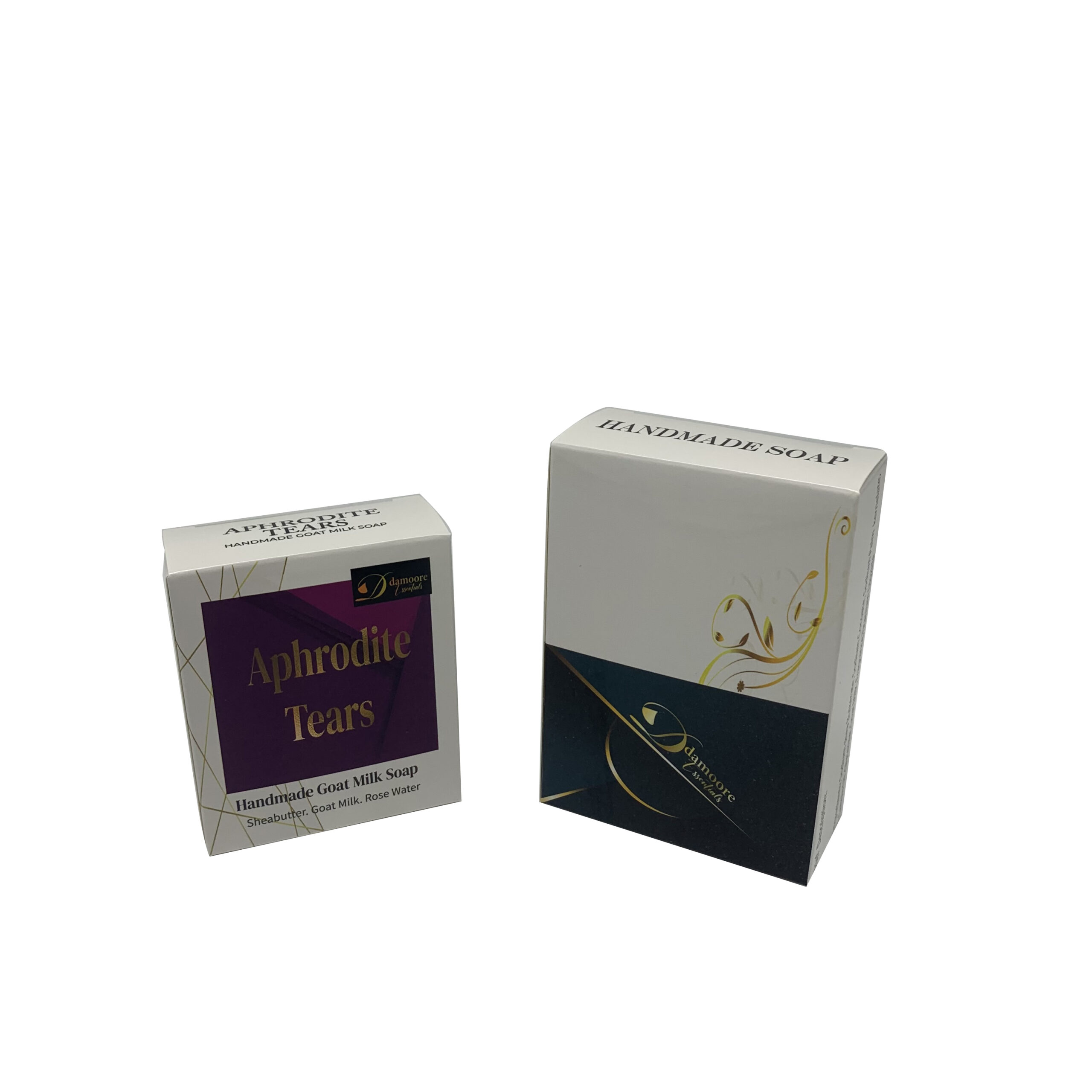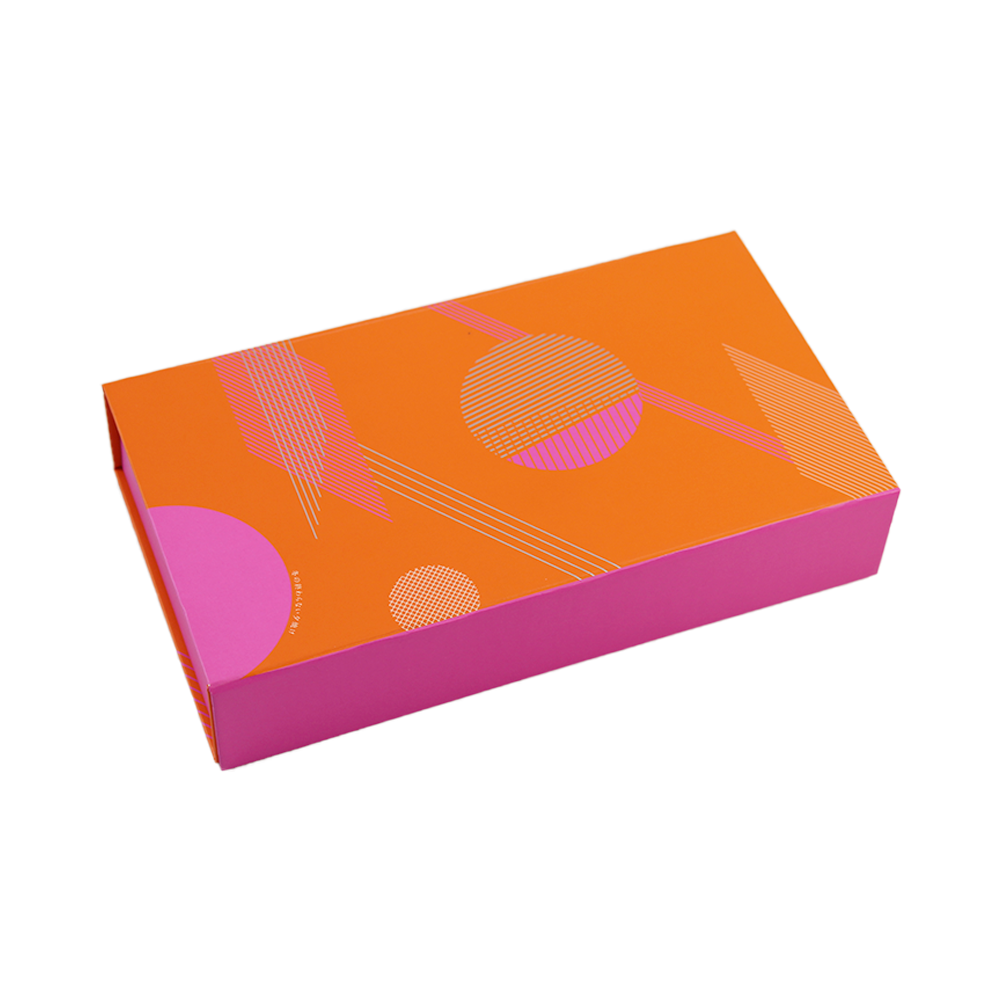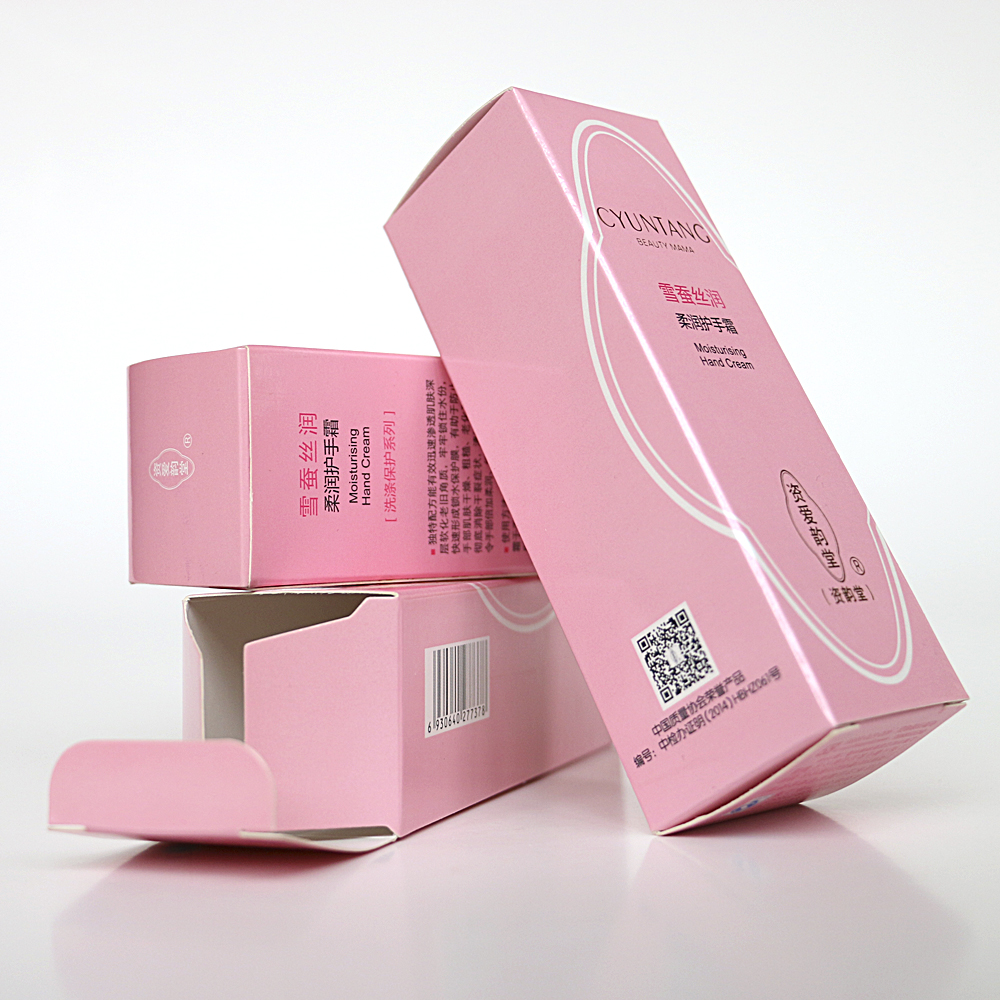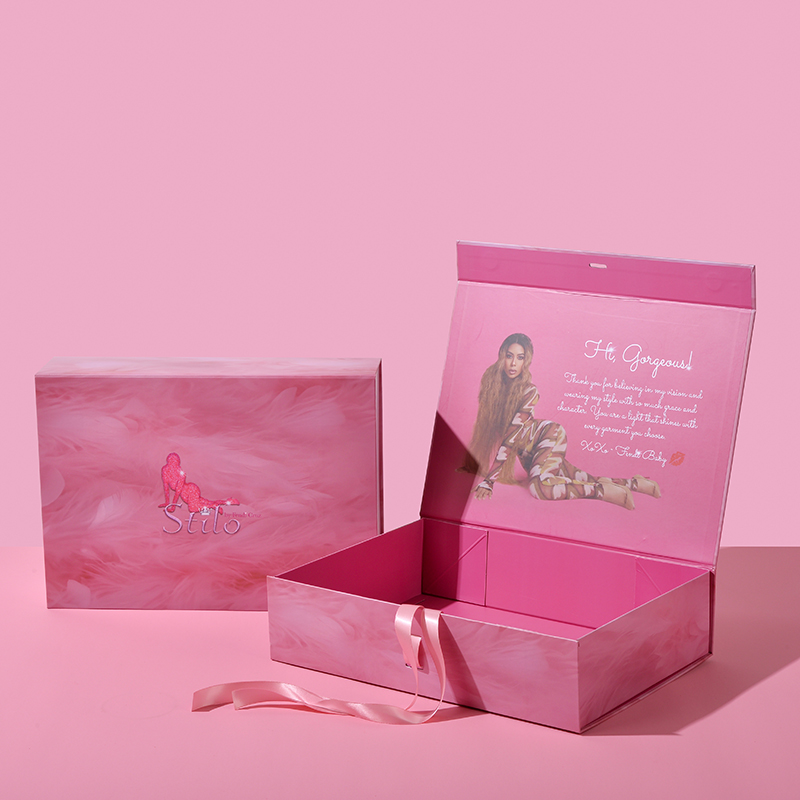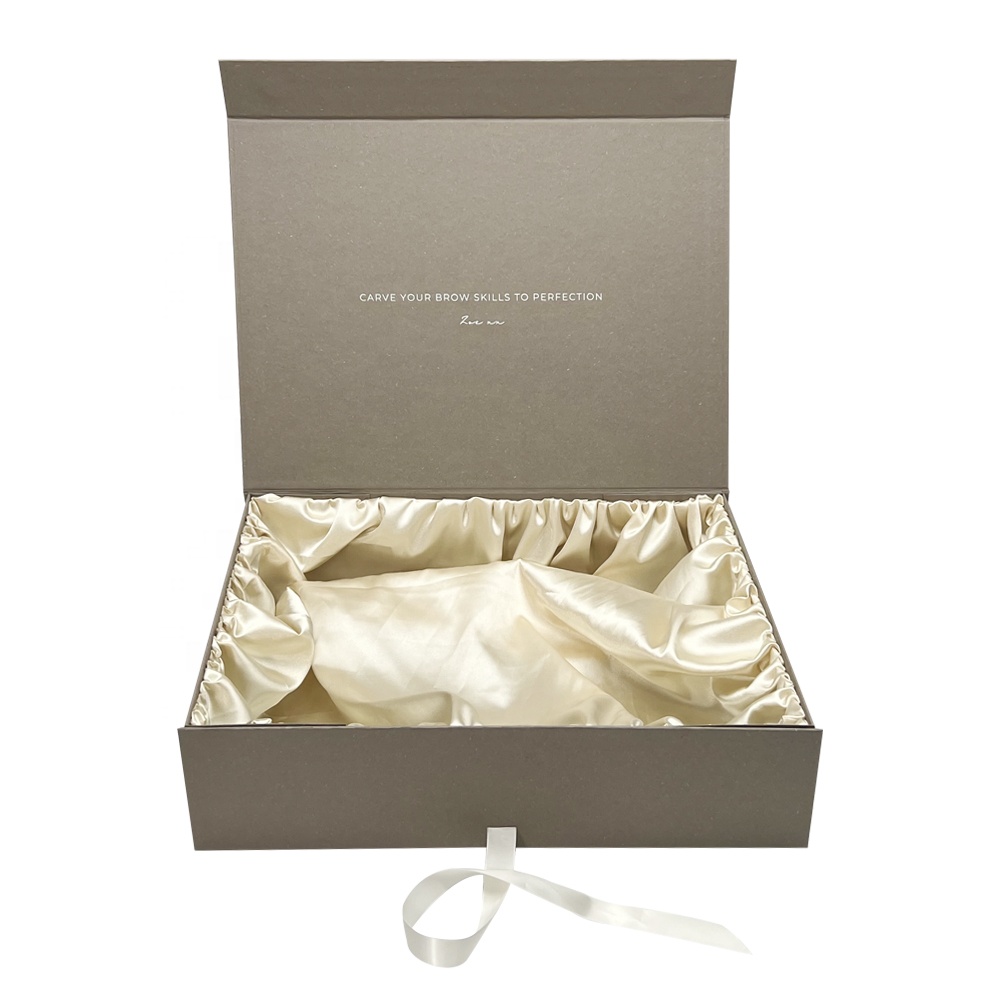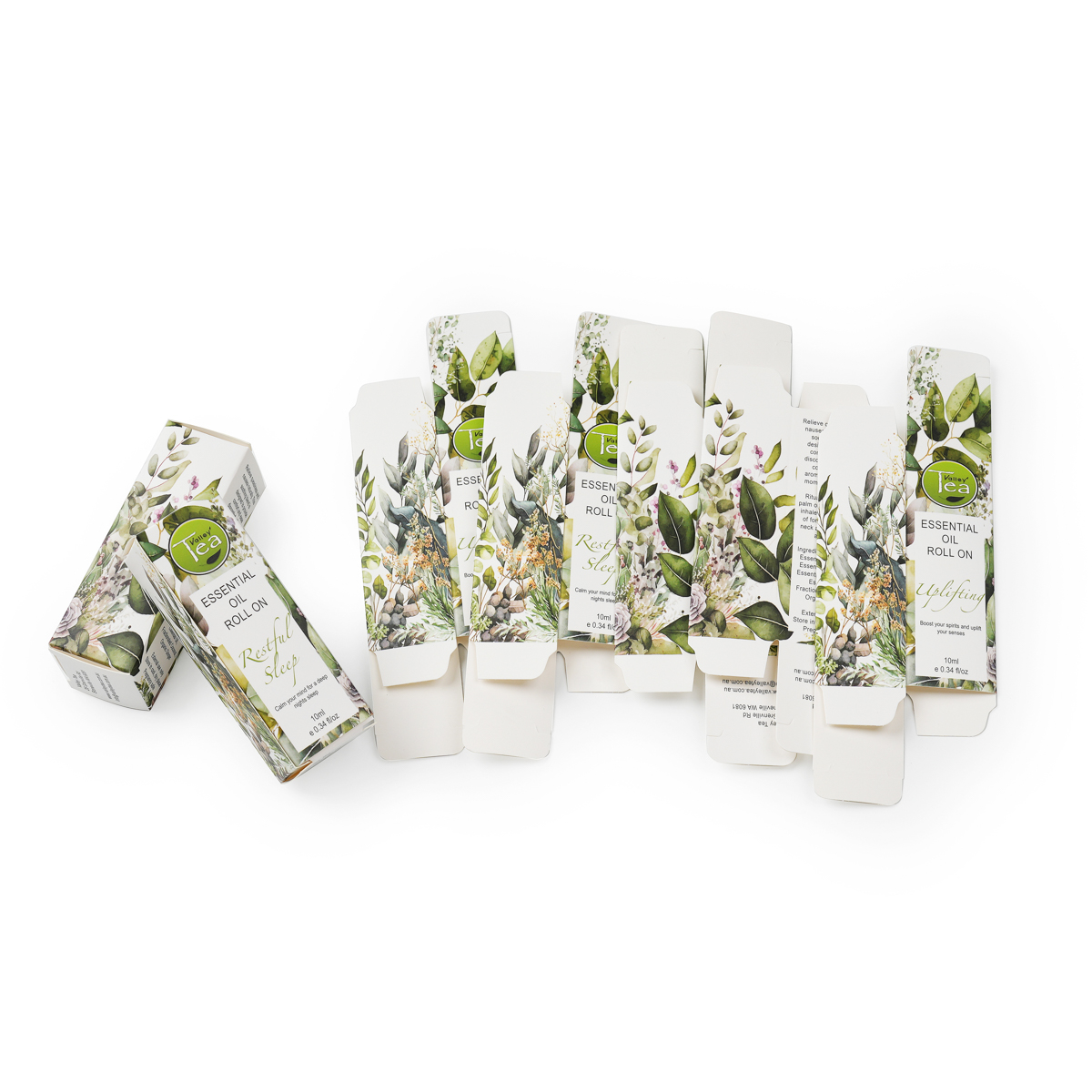In the digital shopping era, the unboxing experience has become a vital touchpoint that can significantly influence customer loyalty and satisfaction. As environmental concerns continue to grow, more brands are adopting eco-friendly packaging solutions that not only elevate the customer experience but also minimize their environmental impact. This guide delves into the importance of sustainable packaging, offering insights into how businesses can improve their unboxing experiences while embracing eco-conscious practices.
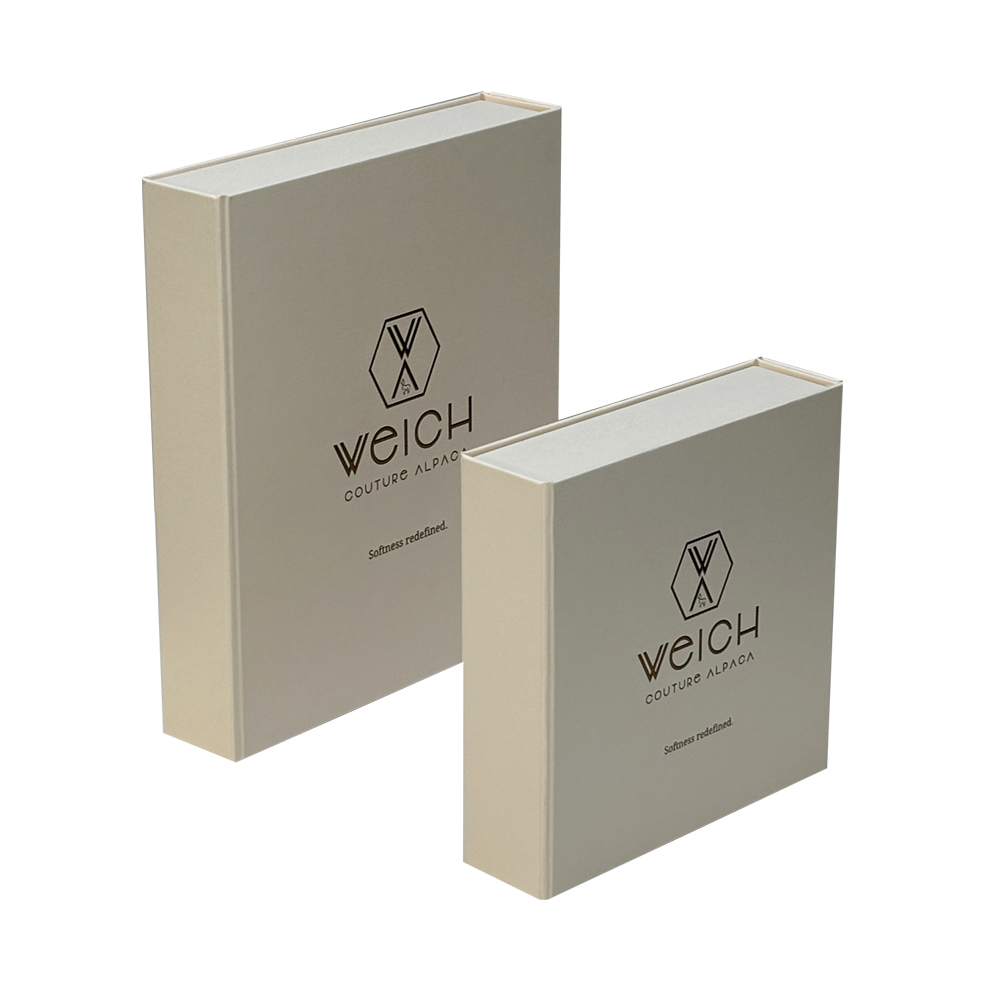
1. Why Eco-Friendly Custom Packaging Matters
As consumer demand for sustainable products increases, eco-friendly packaging has emerged as a key focus for businesses looking to enhance their brand image and connect with environmentally conscious shoppers. Packaging plays a pivotal role in a product’s success, and aligning with eco-friendly practices can give your brand a competitive edge. A recent Nielsen report found that 73% of consumers are willing to adjust their purchasing habits to reduce their environmental impact. This shift in consumer behavior makes it essential for businesses to adopt sustainable packaging solutions that meet these expectations.
1.1 Key Benefits of Eco-Friendly Packaging
Eco-friendly custom packaging offers several advantages that go beyond environmental impact:
- Βιωσιμότητα: Using renewable resources and reducing waste contributes to a greener planet.
- Brand Loyalty: By adopting sustainable practices, you demonstrate your commitment to values that resonate with eco-conscious consumers.
- Διαφοροποίηση αγοράς: Eco-friendly packaging sets your brand apart in a crowded marketplace and attracts customers who value sustainability.
2. Choosing the Right Materials for Eco-Friendly Packaging
To create packaging that aligns with eco-conscious values, it’s essential to select materials that are both functional and sustainable. From biodegradable plastics to recycled paper, the options available today help brands meet their sustainability goals without sacrificing aesthetics or performance.
2.1 Sustainable Material Options
There are many eco-friendly material choices that businesses can use to craft their custom packaging:
- Recycled Paper: A popular and versatile option, recycled paper is biodegradable, widely available, and easy to customize for branding purposes.
- Plant-Based Inks: These inks are made from renewable resources and are less harmful to the environment compared to traditional petroleum-based inks.
- Biodegradable Plastics: With growing concerns about plastic waste, biodegradable plastics offer a more eco-friendly alternative to conventional plastic packaging.
- Compostable Materials: Packaging made from materials like cornstarch or mushroom fibers breaks down naturally and can be composted, reducing landfill waste.
2.2 Designing for Sustainability
In addition to choosing the right materials, the design of your packaging plays a significant role in its environmental impact. Sustainable design principles focus on minimizing material waste and using resources efficiently. A minimalist approach that avoids unnecessary excess can reduce packaging waste while still maintaining its visual appeal. Furthermore, consider creating packaging that serves multiple purposes, such as reusable containers or packaging that can be easily recycled or composted after use.
3. Creating Memorable Unboxing Experiences
The unboxing experience is about more than just the packaging—it’s about telling a story. Eco-friendly packaging can convey your brand’s mission and values while providing customers with a memorable moment. Thoughtful design choices, such as unique textures, colors, and interactive elements, can deepen the unboxing experience, making it a powerful marketing tool.
3.1 The Power of Personalization
Personalized touches, such as custom inserts, thank-you notes, or branded messages, can significantly enhance the unboxing experience. These small gestures create a connection with the consumer, fostering a sense of loyalty. By adding a personal message, you show customers that their experience matters to you, which can translate into repeat business.
3.2 Visual Appeal
Colors and textures play a critical role in creating an eye-catching and eco-friendly design. Use bold, eco-friendly colors and materials that reflect your brand’s identity while supporting sustainability. The aesthetic appeal of your packaging can draw customers in and create excitement around your product.
3.3 Functionality and Ease of Use
A successful unboxing experience also depends on how easy the package is to open, and whether it is practical for the consumer to use. Choose packaging that is easy to handle and can be reused or easily recycled. A package that’s simple to open and dispose of adds to the overall positive experience and ensures that your eco-friendly message resonates with the customer.
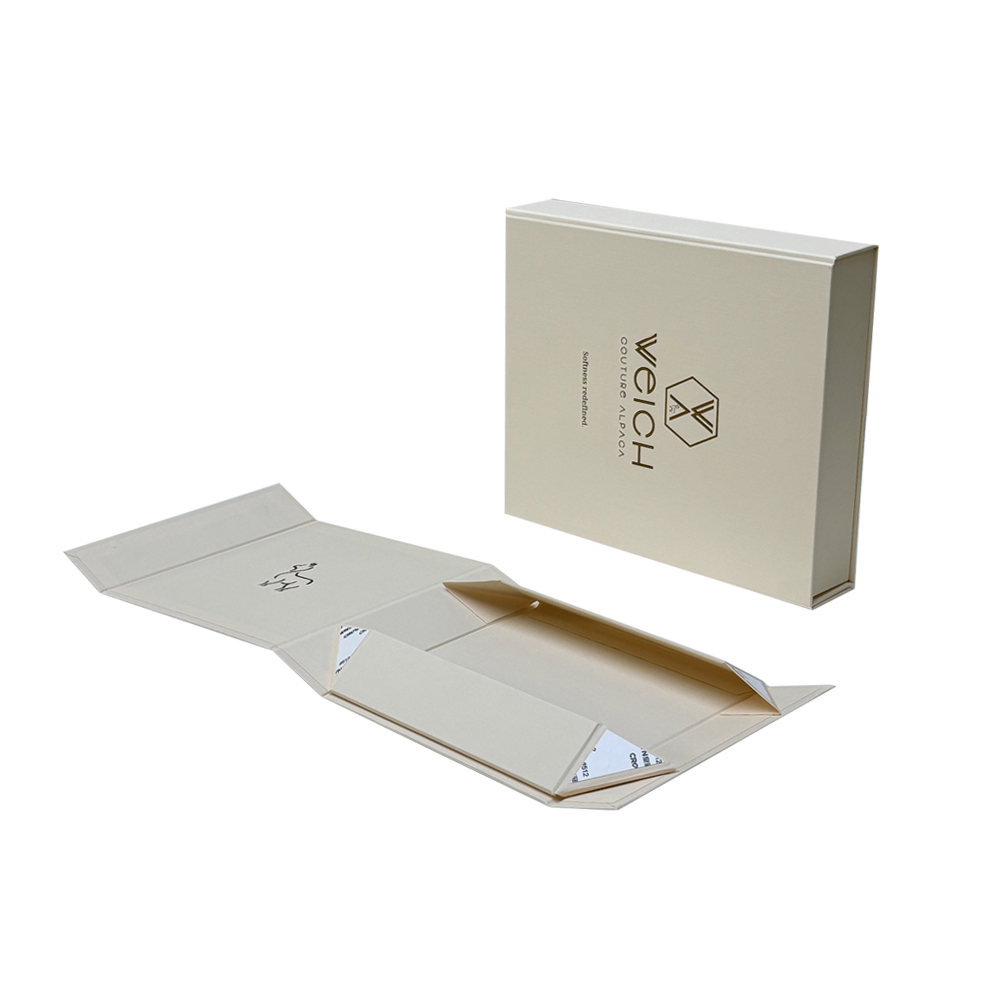
4. Leveraging Technology to Enhance Packaging Innovation
Technology plays an increasingly important role in improving both the sustainability and the engagement factor of packaging. From QR codes that direct customers to exclusive content to augmented reality (AR) features that bring packaging to life, integrating technology into your packaging can add an interactive element that goes beyond the physical product. These innovations allow you to engage customers in a meaningful way, creating a deeper connection with your brand.
4.1 Incorporating QR Codes for Digital Interactions
QR codes can lead consumers to an online experience that deepens their understanding of your brand and product. Whether it’s an instructional video, product details, or a message from the founder, a QR code adds a modern touch to eco-friendly packaging. This digital engagement enriches the unboxing experience and fosters a stronger brand connection.
4.2 Augmented Reality (AR) and Interactive Packaging
AR technology is transforming the packaging industry by allowing brands to incorporate dynamic, interactive elements into their packaging. Imagine pointing your phone at your package and seeing a 3D model of your product or animated brand story come to life. This type of innovation can captivate consumers and make their unboxing experience even more memorable.
5. Best Practices for Eco-Friendly Packaging Design
Implementing sustainable practices in packaging requires careful planning and thoughtful execution. Here are some best practices to follow when designing eco-friendly custom packaging for your products:
- Reduce Material Use: Strive for packaging designs that minimize material usage without sacrificing protection or functionality.
- Choose Recyclable or Compostable Materials: Prioritize materials that can be easily recycled or composted to reduce landfill waste.
- Educate Your Customers: Include information on how to properly dispose of or recycle your packaging, helping consumers feel more engaged with your sustainability efforts.
6. The Future of Eco-Friendly Packaging
The future of packaging is undoubtedly eco-friendly. As consumer preferences evolve, brands that embrace sustainable packaging will be well-positioned to thrive. By using materials that are renewable, recyclable, and biodegradable, businesses not only contribute positively to the environment but also foster brand loyalty and attract customers who value sustainability. As technology advances and consumer expectations shift, packaging will continue to evolve into a crucial part of both brand marketing and environmental responsibility.
Eco-friendly packaging is no longer a trend but a necessity for brands that want to make a positive impact on the environment. By embracing these sustainable practices, brands can enhance the unboxing experience, differentiate themselves in the market, and contribute to a greener planet.
7. FAQs About Eco-Friendly Custom Packaging
7.1 What materials are commonly used in eco-friendly packaging?
Common eco-friendly materials include recycled paper, biodegradable plastics, plant-based inks, compostable materials, and glass. These materials are designed to minimize environmental impact while still providing durability and functionality for product packaging.
7.2 How can I make my packaging more sustainable?
You can make your packaging more sustainable by selecting materials that are recyclable or biodegradable, reducing the use of excess materials, and incorporating design elements that use fewer resources without compromising the product’s protection or presentation.
7.3 What are the benefits of using QR codes and AR in packaging?
QR codes and AR can enhance customer engagement by providing access to digital content or interactive experiences. These technologies allow brands to share additional product information, promotional offers, or immersive brand stories, enriching the consumer experience and adding value to the unboxing process.
8. Conclusion: Elevate Your Brand with Eco-Friendly Packaging
Eco-friendly custom packaging is a powerful tool that can elevate your brand, enhance customer experiences, and contribute to a sustainable future. By incorporating sustainable materials, minimizing waste, and using innovative technologies, you can create packaging that not only looks good but also does good for the planet. With the right design and materials, your brand can stand out while remaining true to its environmental commitment. Start incorporating eco-friendly packaging today, and watch as it transforms your unboxing experiences and drives customer loyalty.
Ready to make the switch to eco-friendly packaging? Contact us today to explore sustainable options that align with your brand’s values and goals. Our team is here to help you create packaging that leaves a lasting impression.

